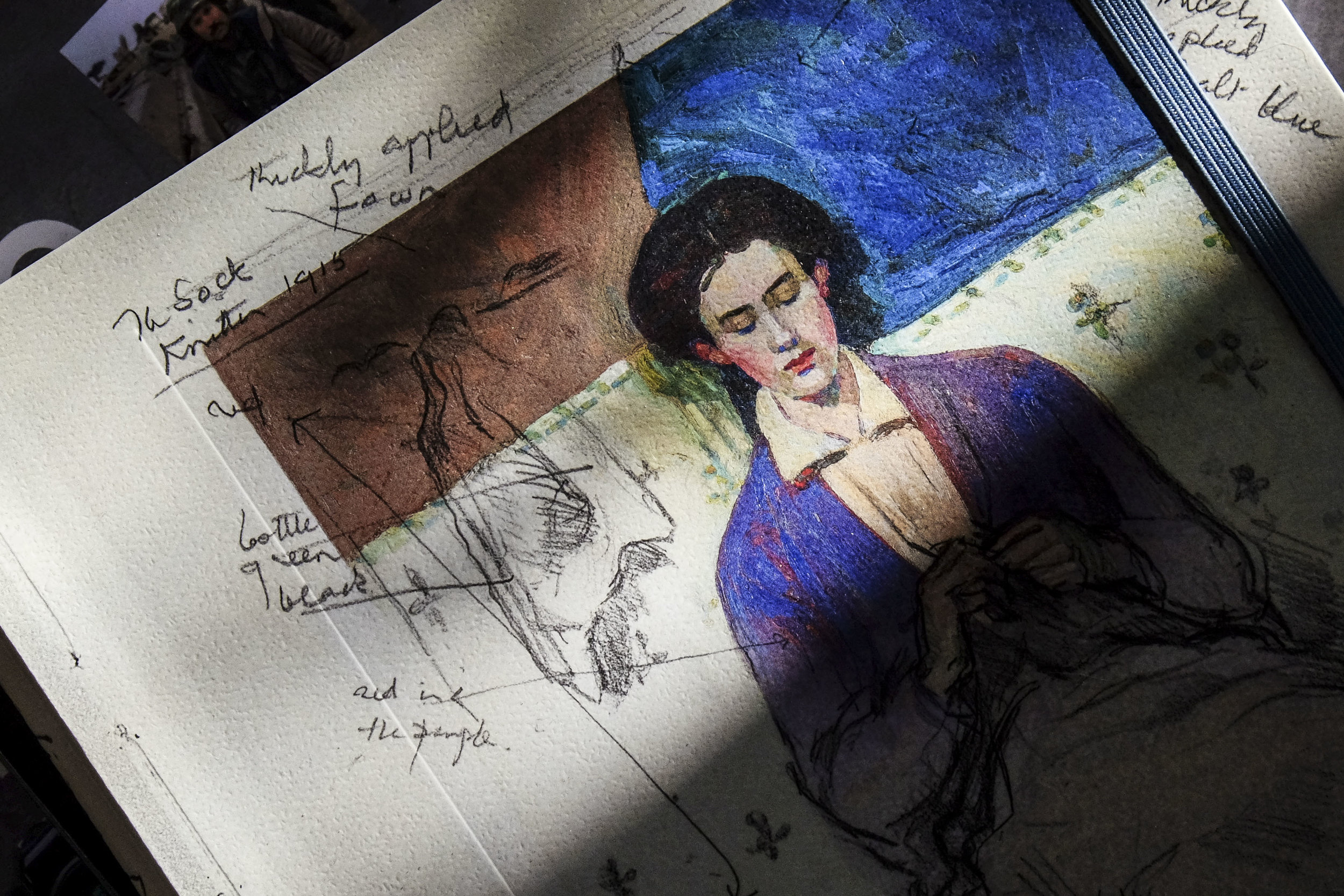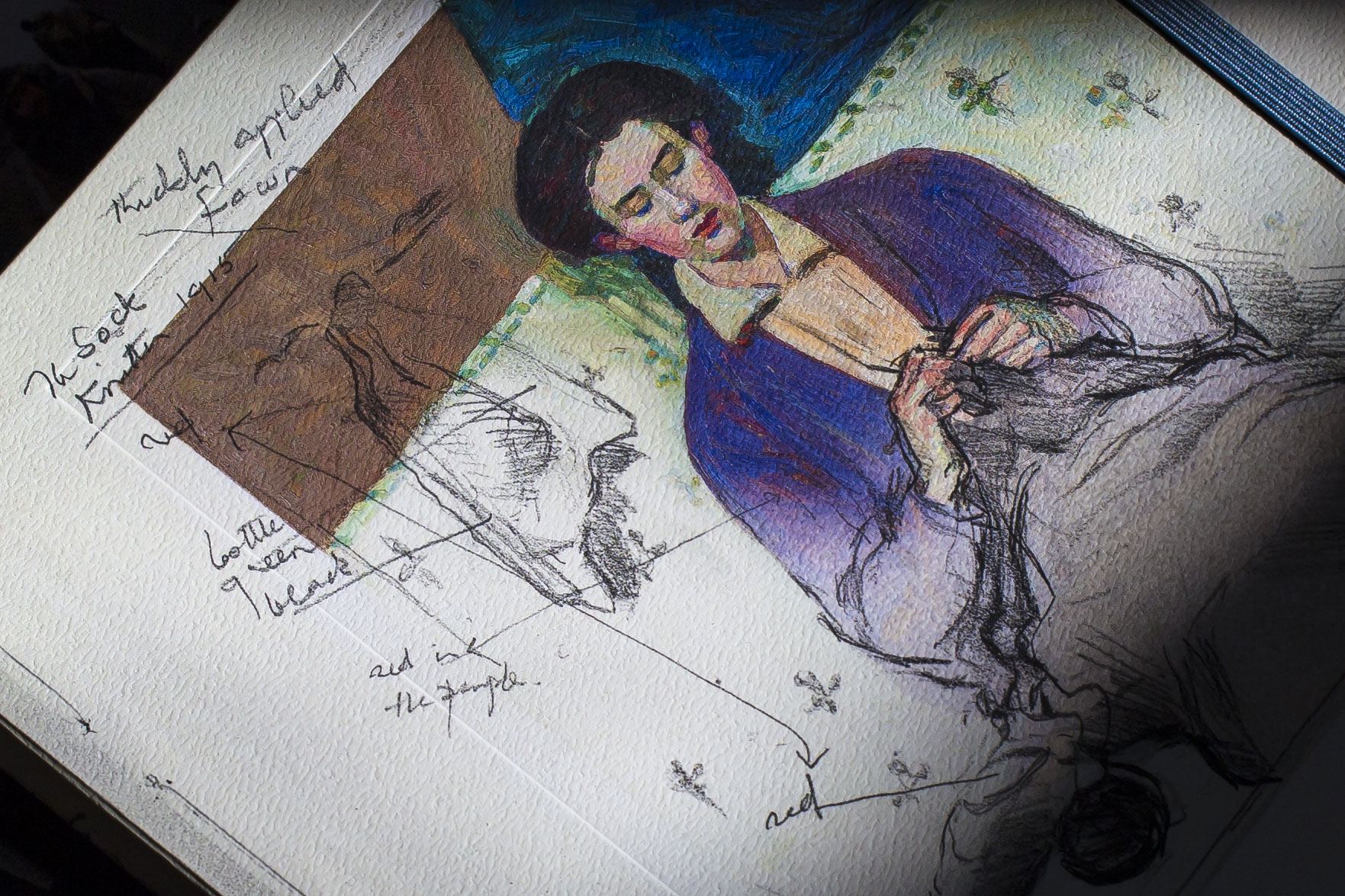It is true that in the modern, digital world we can often have what we want.
In photography, the brands we use have always had some small effect on what we produce, but it is true to say also, in the digital world, any decent camera will have the capacity to produce images similar if not identical to any other.
My journey to Olympus was slow and over thought. Coming from Canon, I had a strong, and opinionated colourful palette to compare to. Fuji offered something as brilliant, but different, Sony had a more neutral (Nikon like?) colour look and Olympus was, to be honest, not my favourite by a long shot.
When I was working in a shop, I had the luxury of trying before buying. It sounds wonderful, but talk about paralysis by analysis! I stumbled across part of this analysis the other day.
The first image came from a Fuji with the 27mm pancake (40mm)
The next image was taken using a 6D and 40mm combination. Here is the colour I grew to love, rich and deep, cool overall, but warm where relevant.
The third image is the base colour from an Olympus RAW file, showing the unnaturally warm/muddy magenta tint that I really do not like (and lets not talk about the "warm" base setting they all come set with).
The last image is the same image with my basic Lightroom import settings applied (added white/reduced highlights, darkened black/boosted shadows, added blue channel and a slight boost in contrast).
I must admit, the Fuji image (a jpeg, not RAW) still appeals, but the Olympus image sits in a nice middle ground between the Fuji and Canon and there is plenty more to find.
The Fuji has a cool colour that I find appealing, although as I process more images from my library I must admit, it does not feel natural anymore, just appealing. Something I have also found frustrating with Fuji is their stubborn adherence to the X-Trans sensor with all of it's processing issues, when I know that the magic is available through normal Bayer array sensors in the XA series and now the tempting XT-100). The key to matching this cooler colour, without loosing strength in warm tones with Olympus (a Canon speciality), using EM5 mk1's, is the camera calibration blue saturation slider in Lightroom. The watery, almost delicate rendering is tougher as the Olympus cameras seem to put more "rubber to the road" in image depth, making their images less "etherial"(fragile and fickle) and more realistic (robust but boring?).
Processing can give you what ever you want, it is just a case of getting over it and accepting the reality that choices have always been a part of photography, not a limitation.
Here is a bit of a meatball image, processed with a preset I call "Deep Dreamer". This little bike is always found in one of Melbourne's lanes, outside a shop and is a little worse for wear. This colour is what I would call Canon on speed, but taken on an Olympus.
The cooler balance is alluring, but the more I shoot Olympus (with pre-sets added in processing) the more content I am with their naturalness.
This is another test taken the same day (although I forgot the Fuji until almost too late, hence the different light.
Here, first up, the Fuji looks cooler/greener, The Canon nice and clean and the third image (older processed Olympus), warmer and again a little muddy, although on inspection, possibly the most accurate. The last image is a newer processing of the olympus image.
Choices are a part of image making. They always has been. From the designers intent when designing sensors (or film) and algorithms, through their inherent technological limitations, to camera settings, lens coatings, light, viewing media, processing choices and even differences in the viewers environment or eyes, there is no "standard" or untouched image. It is not possible to see the world with an untainted brush, but it is possible, even desirable, to choose the flavour of your image.
Control, both in exercised choices and then in restraint are important.








